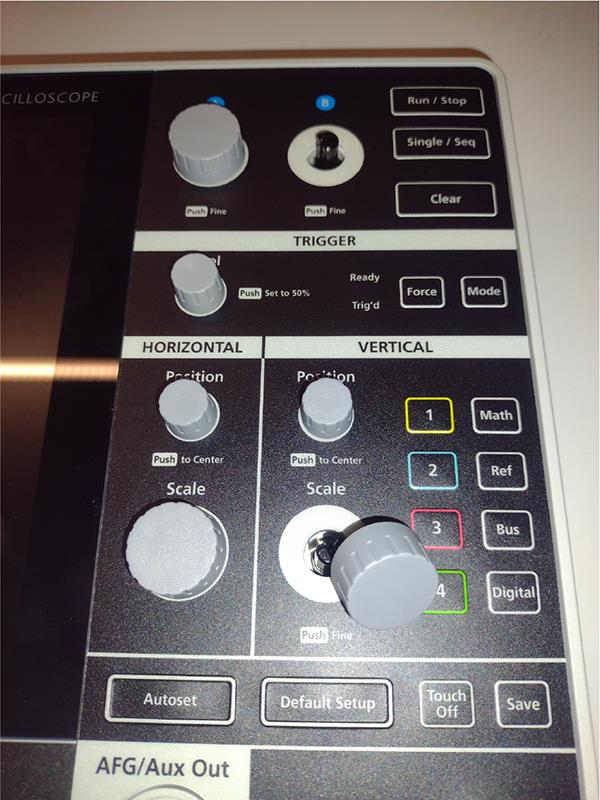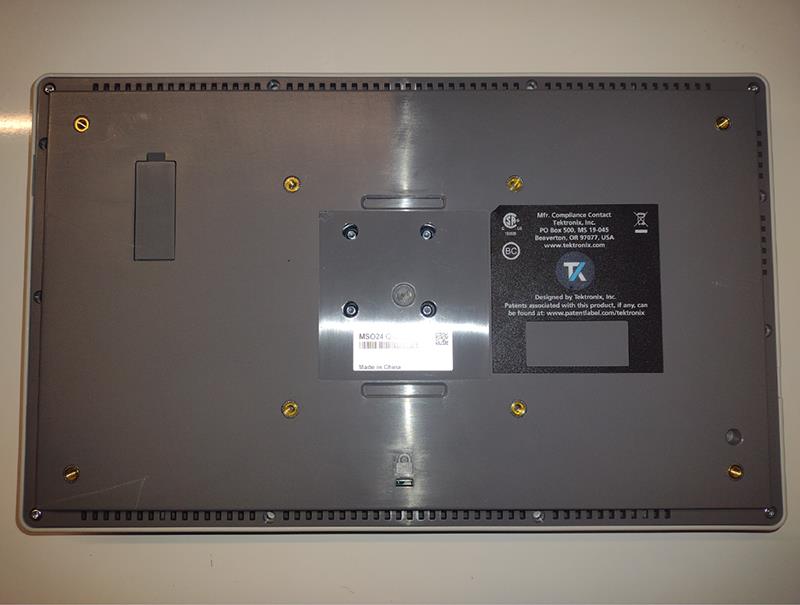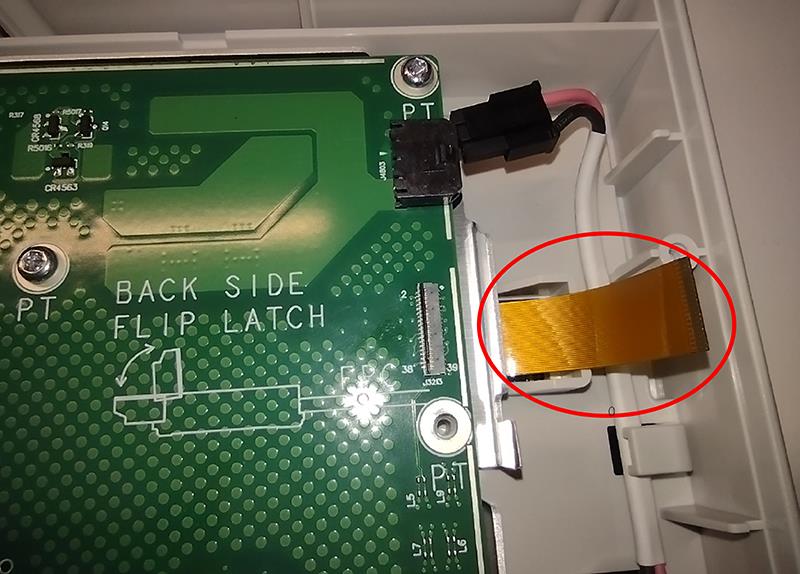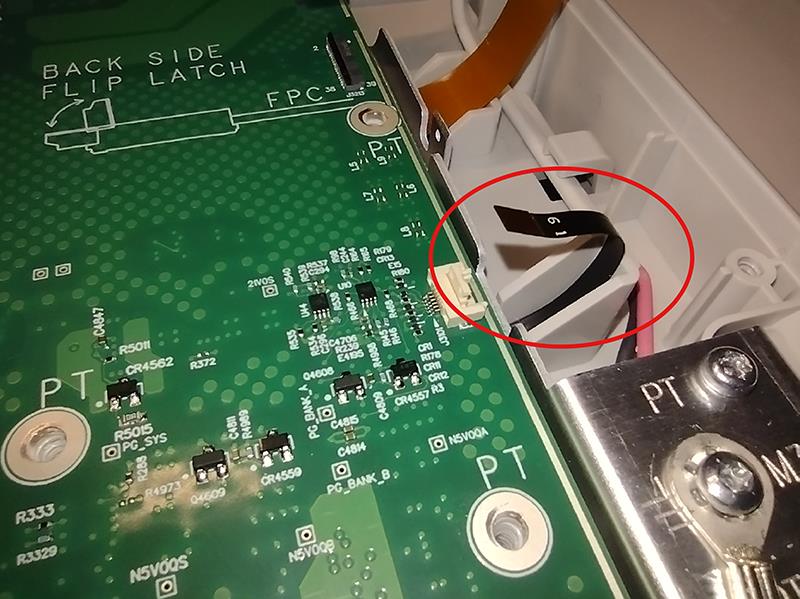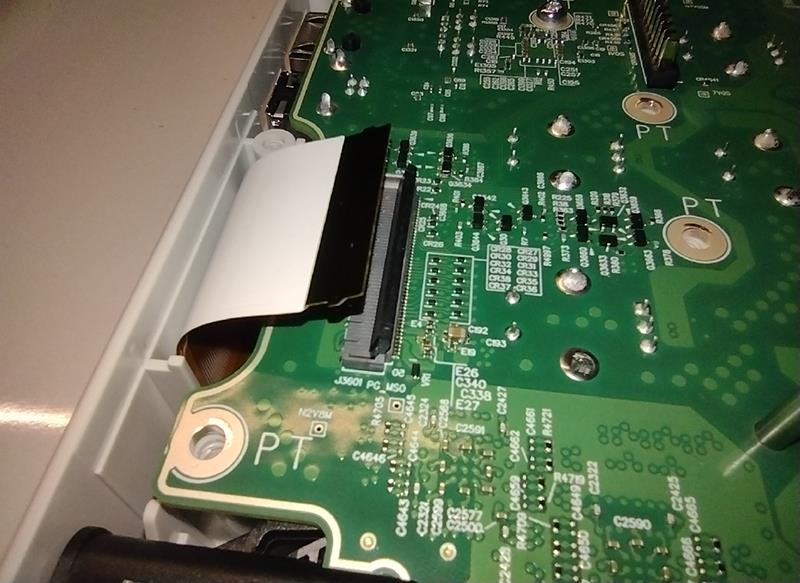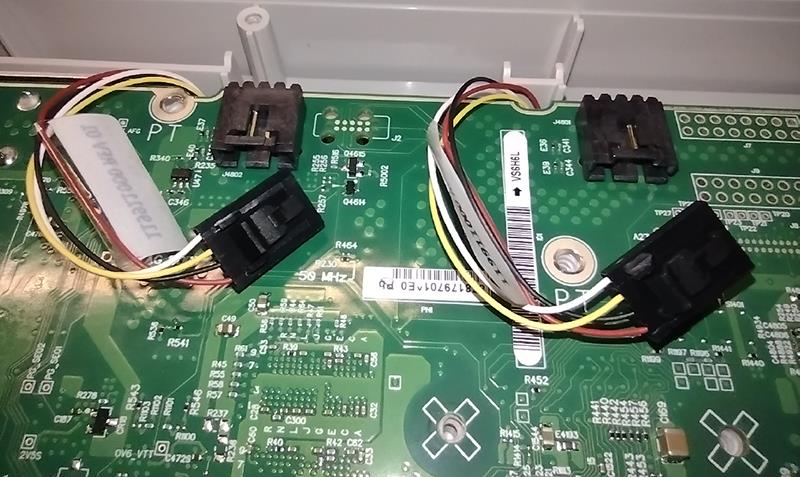與我們聯絡
與 Tek 業務代表即時對談。 上班時間:上午 6:00 - 下午 4:30 (太平洋時間)
請致電
與 Tek 業務代表即時對談。 上班時間:上午 8:30 - 下午 5:30 (太平洋時間)
下載
下載手冊、產品規格表、軟體等等:
意見回饋
2 Series MSO Declassification and Security Instructions
This document contains procedures to sanitize or remove memory devices from your 2 Series MSO.
此手冊適用於:
MSO22, MSO24, MSO22-EDU, MSO24-EDU
By downloading, you agree to the terms and conditions of the Manuals Download Agreement.
Manuals Download Agreement
ATTENTION: please read the following terms and conditions carefully before downloading any documents from this website. By downloading manuals from Tektronix' website, you agree to the following terms and conditions:
Manuals for Products That Are Currently Supported:
Tektronix hereby grants permission and license to owners of Tektronix instruments to download and reproduce the manuals on this website for their own internal or personal use. Manuals for currently supported products may not be reproduced for distribution to others unless specifically authorized in writing by Tektronix, Inc.
A Tektronix manual may have been revised to reflect changes made to the product during its manufacturing life. Thus, different versions of a manual may exist for any given product. Care should be taken to ensure that one obtains the proper manual version for a specific product serial number.
Manuals for Products That Are No Longer Supported:
Tektronix cannot provide manuals for measurement products that are no longer eligible for long term support. Tektronix hereby grants permission and license for others to reproduce and distribute copies of any Tektronix measurement product manual, including user manuals, operator's manuals, service manuals, and the like, that (a) have a Tektronix Part Number and (b) are for a measurement product that is no longer supported by Tektronix.
A Tektronix manual may be revised to reflect changes made to the product during its manufacturing life. Thus, different versions of a manual may exist for any given product. Care should be taken to ensure that one obtains the proper manual version for a specific product serial number.
This permission and license does not apply to any manual or other publication that is still available from Tektronix, or to any manual or other publication for a video production product or a color printer product.
Disclaimer:
Tektronix does not warrant the accuracy or completeness of the information, text, graphics, schematics, parts lists, or other material contained within any measurement product manual or other publication that is not supplied by Tektronix or that is produced or distributed in accordance with the permission and license set forth above.
Tektronix may make changes to the content of this website or to its products at any time without notice.
Limitation of Liability:
TEKTRONIX SHALL NOT BE LIABLE FOR ANY DAMAGES WHATSOEVER (INCLUDING, WITHOUT LIMITATION, ANY CONSEQUENTIAL OR INCIDENTAL DAMAGES, DAMAGES FOR LOSS OF PROFITS, BUSINESS INTERRUPTION, OR FOR INFRINGEMENT OF INTELLECTUAL PROPERTY) ARISING OUT OF THE USE OF ANY MEASUREMENT PRODUCT MANUAL OR OTHER PUBLICATION PRODUCED OR DISTRIBUTED IN ACCORDANCE WITH THE PERMISSION AND LICENSE SET FORTH ABOVE.
Read Online
Preface
This document helps customers with data security concerns to clear or sanitize 2 Series MSO instruments. Instruments in this series contain a processor system with a non-removable mass storage.
These products have data storage (memory) devices and data export interfaces (USB and Ethernet). The following instructions explain how to sanitize the instrument.
Reference
- National Industrial Security Program Operating Manual (NISPOM), DoD 5220.22–M, Chapter 8
- Defense Security Service Manual for the Certification and Accreditation of Classified Systems under the NISPOM
Supported products
Tektronix 2 Series Mixed Signal Oscilloscope products are covered by this document.
Terms
- Clear: This removes data from media/memory before reusing it in a secured area. All reusable memory is cleared to deny access to previously stored information by a standard means of access.
- Erase: This is equivalent to clear.
- Media: Storage/data export device. A device that stores or exports data from the instrument, such as a USB flash drive or USB port.
- Sanitize: This removes the data from media/memory so that the data cannot be recovered using any known technology. This is typically used when the device is moved (temporarily or permanently) from a secured area to a non-secured area.
- Remove: This is a physical means to clear the data by removing the memory device from the instrument. Instructions are available in the product service manual.
- User-Accessible: The user can directly retrieve the memory device contents.
- User-Modifiable: The memory device can be written to by the user during normal instrument operation, using the instrument user interface or remote control.
- Volatile memory: Memory that loses data when the instrument is powered off.
- Nonvolatile memory: Memory that retains data when the instrument is powered off.
- Power off: Some instruments have a “Standby” mode, in which power is still supplied to the instrument. For clearing data, putting the instrument in Standby mode does not qualify as powering off. For these products, you must either push a rear-panel OFF switch or remove the power source from the instrument.
- Instrument Declassification: A term that refers to procedures that must be undertaken before an instrument can be removed from a secure environment. Declassification procedures include memory sanitization, memory removal, and sometimes both.
Clear and sanitize procedures
The following tables list the volatile and nonvolatile memory devices in the standard instrument and listed options.
Procedures to clear or sanitize these devices, if any, are given in each table.
Terms
- User data – Describes the type of information stored in the device. Refers to waveforms or other measurement data representing signals connected to the instrument by users.
- User settings – Describes the type of information stored in the device. Refers to instrument settings that can be changed by the user.
- Both – Describes the type of information stored in the device. It means that both user data and user settings are stored in the device.
- None – Describes the type of information stored in the device. It means that neither user data nor user settings are stored in the device.
- Directly – Describes how data is modified. It means that the user can modify the data.
- Indirectly – Describes how data is modified. It means that the instrument system resources modify the data and that the user cannot modify the data.
Volatile memory devices
These are the memory capacities at the time of publishing this document, but are subject to change.
| Type and size | Function | Type of user info stored | Backed up by battery | Method of modification | Data input method | Location | User accessible | To clear | To sanitize |
|---|---|---|---|---|---|---|---|---|---|
| SDRAM 2 GB (All models) | System memory | Both | No | Indirectly | Written by processor system and application software operations | Main board | No | Unplug the instrument and remove all battery packs for at least 30 seconds | Unplug the instrument and remove all battery packs for at least 30 seconds |
| CMOS RAM 13 bytes | Holds clock and boot configuration data | None | Yes | Indirectly | Boot operations | Main board | No | Cannot be cleared | Remove the Main board |
| FPGA <20 MB | Acquisition system | None | No | None | Written by processor | Main board | No | Unplug the instrument and remove all battery packs for at least 30 seconds | Unplug the instrument and remove all battery packs for at least 30 seconds |
Non-volatile memory devices
These are the memory capacities at the time of publishing this document but are subject to change.
| Type and Size | Function | Type of user info stored | Method of modification | Data input method | Location | User accessible | To clear | To sanitize |
|---|---|---|---|---|---|---|---|---|
| eMMC 4 GB or 8 GB | Stores application software and user data | Both | Directly | Application software operations and file operations | Main board | Yes | Run TekSecure | Remove the Main board |
How to sanitize an instrument
- Remove all external USB memory devices and store or destroy the USB memory devices in accordance with your organization’s guidelines.
- Follow the instructions in the Main board removal instructions to get access to and remove the Main board, which contains user data and settings. Store or destroy the Main board in accordance with your organization’s guidelines.
- Reassemble the instrument without the Main board and return it to Tektronix. The instrument will then be repaired and calibrated as necessary.
In North America, contact the Tektronix Customer Care Center (1-800-833-9200) for assistance with returning the instrument to a repair center. Worldwide, visit tek.com to find contacts in your area.
Main board removal instructions
- Disconnect the AC power adapter from the instrument.
- If installed, remove all batteries from the instrument.
- If installed, remove the battery pack from the instrument.
- Place the instrument on a work surface with the display facing up.
- Remove the seven knobs from the front of the instrument.

- Flip the instrument cover so the display is facing down.
- Remove the rectangular label from the back of the instrument. Stick the label on the back of the instrument so that it is out of the way and not covering any screws.

- Using a T-10 screwdriver, remove the 16 PT thread forming screws from the back of the instrument.
- Remove the back cover of the instrument and set it aside.
The large circuit board visible inside the instrument is the Main board.
- Disconnect the power cable from the Main board by pressing on the tab near the wire-end of the connector and sliding the connector away from the board.
- Disconnect the display cable from the Main board by flipping up the latch on the backside of the connector and sliding the cable out. Use the illustration printed on the Main board near the connector for reference.

- Disconnect the touch screen cable from the Main board by flipping up the latch on the cable-side of the connector and sliding the cable out of the connector.

- Disconnect the front panel cable from the Main board by flipping up the latch on the cable-side of the connector and sliding the cable out of the connector. This cable includes hook features, so the cable must be lifted out of the connector while sliding it out.

- Disconnect the two fan cables from the Main board by pressing on the tab on the connector and sliding the connector away from the board.

- Remove the 24 screws from the Main board.
- Slowly work around the edges of the Main board and lift the board straight out of the enclosure.
- Reattach the back cover using the PT thread forming screws from the instrument.
Repair charges
Replacement of damaged and missing hardware is charged according to the rate at the time of replacement.
Help us improve our technical documentation. Provide feedback on our TekTalk documentation forum.


